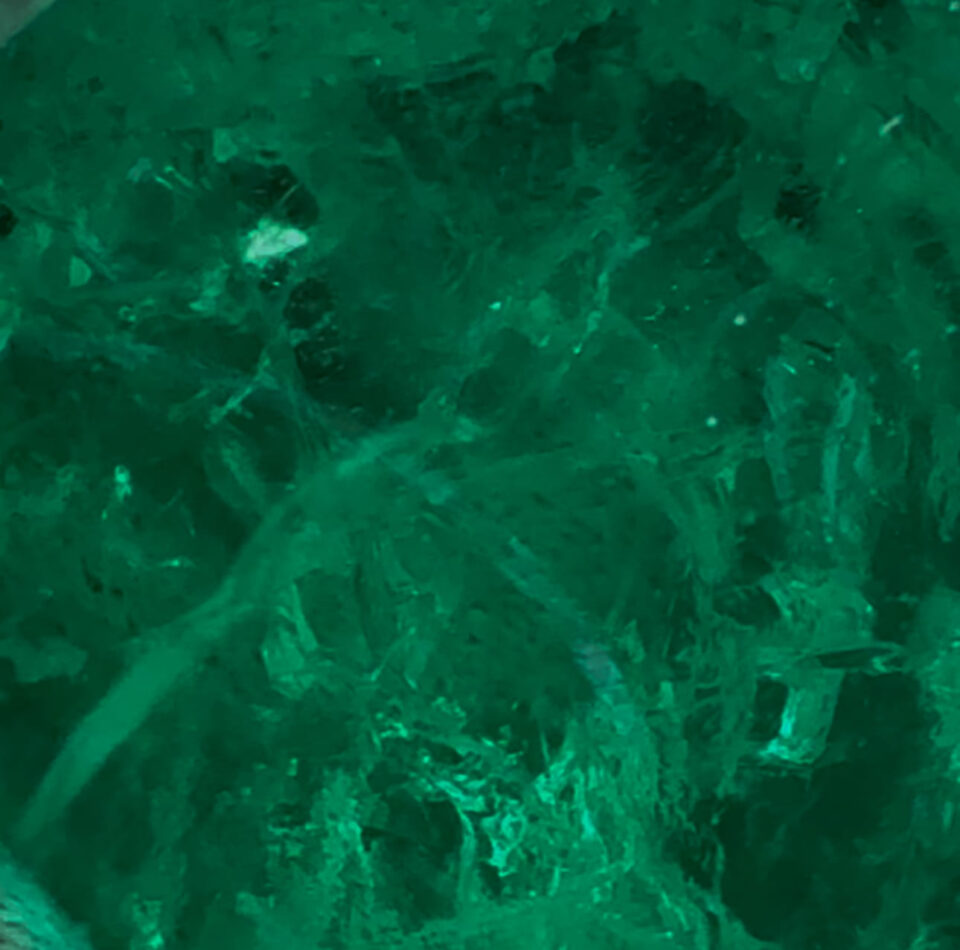Emeralds have captivated hearts for centuries with their lush green color—a hue so rich and vibrant that it has become synonymous with luxury and nature’s finest beauty. But not all emeralds are created equal, especially when it comes to color.
What Makes Emerald Green?
The iconic green of an emerald comes from trace elements of chromium, vanadium, and sometimes iron within the mineral beryl. The presence and ratio of these elements influence the gem’s specific shade, ranging from bluish-green to slightly yellowish-green. However, for a stone to be truly classified as an emerald, it must have a rich, saturated color. Paler stones are usually referred to simply as “green beryl.”
Color: The Most Important Value Factor
When evaluating emeralds, color is the most critical factor. Experts look at three key attributes:
- Hue: This refers to the basic color—ideally, emeralds should have a primary green hue with only slight secondary hues of blue or yellow.
- Tone: This determines how light or dark the color appears. Fine emeralds typically have a medium to medium-dark tone.
- Saturation: This is the intensity of the color. The most prized emeralds have vivid saturation, with a lush, almost velvety green that glows.
The Colombian Connection
Some of the world’s finest emeralds come from Colombia, known for producing stones with a deep, pure green color and exceptional clarity. Other sources, like Zambia and Brazil, also offer beautiful emeralds—often with slightly different undertones that add unique character to each region’s gems.
Why Emerald Color Matters
A beautifully colored emerald doesn’t just catch the eye—it holds emotional and symbolic meaning. Green is often associated with renewal, growth, and prosperity, making emeralds not only luxurious but also deeply meaningful.
Whether you’re shopping for a statement piece or simply admiring the beauty of these gems, understanding emerald color can help you appreciate what makes this stone so special—and so eternally captivating.

